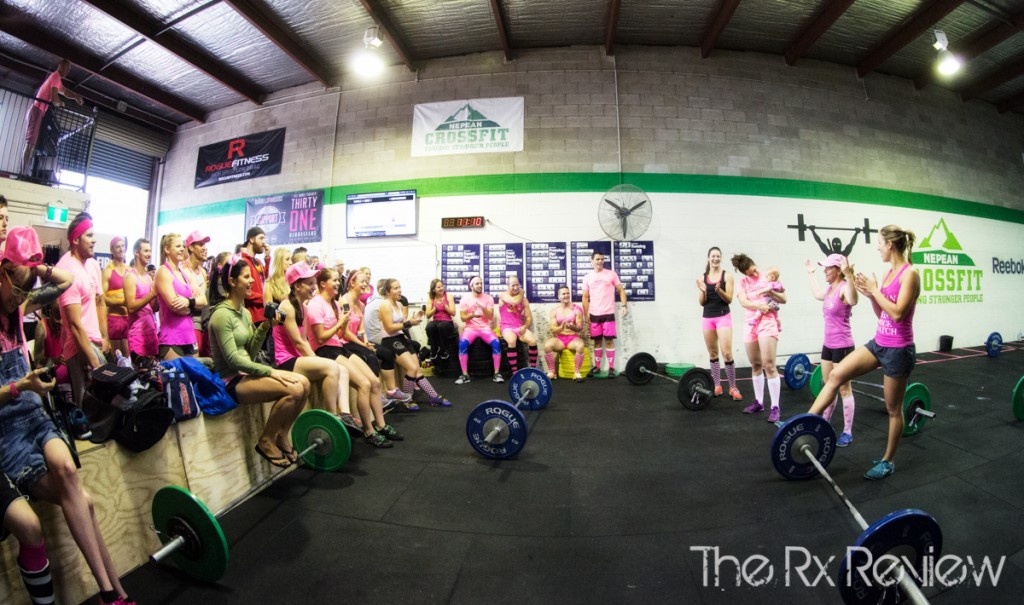
Once upon a time, it was thought that activities like resistance training or weightlifting were out of the question for expectant mothers. In actuality, maintaining a fitness program throughout your pregnancy comes attached to many benefits. You just need to make a few modifications, and you’re good to go.
Here, we’ll take a closer look at the benefits of continuing to focus on core and strength training, even while you’re expecting. We’ll give you some suggestions as to where to start and what exercises are best as well.
Why Strength Train While Pregnant?
As any mother can tell you, pregnancy is an incredibly exciting time in your life. However, it can be challenging for a number of reasons. Strength training can help ensure both your pregnancy and your soon-to-be life as a new parent go as smoothly as possible.
- Mild strength training makes it easier to keep excessive weight gain at bay during pregnancy.
- You’ll also be better suited to lift and carry your new baby, plus lots of baby equipment as well.
- Your state of mind and overall sense of well-being will receive a much-needed boost.
- You’ll be better equipped to deal with the stress of pregnancy and life as a new mom.
- Strength training will drastically increase your chances of sidestepping common discomforts altogether.
In other words, it’s not just okay to strength train when pregnant. It’s an extremely good idea that many experts recommend.
Safe Core Training While Pregnant
Building and maintaining a strong core is an important focus for any fitness-minded individual, but this is especially the case for pregnant women. It’s not about how great a strong core looks, either. It’s all about how those muscles function. However, it’s only natural to be concerned about working the region of the body that your baby’s calling home for the time being.
Before you begin any core training routine, you’ll want to check yourself for abdominal separation (also known as diastasis recti), especially after you’ve passed the 12-week mark of your pregnancy. Lie flat on your back with your knees slightly bent, your feet planted on the ground, and your arms at your sides with the palms downward.
Slightly raise your head, extend your arms forward, and check gently for a gap either below or above your belly button. If you feel one, it’s quite possible your abdominal muscles have separated, and you should seek advice of a medical professional before performing some core exercises.
Moves to Try During Pregnancy
Diastasis recti is very common in expectant mothers, but you want to be careful of placing too much strain on your abdominal muscles once it develops. Exercises like standard crunches or moves that target your obliques should be avoided unless you have a doctor’s blessing. Instead, try adding the following moves to your pregnancy fitness regimen.

Air Squats
This move helps deliver the toning value of a crunch without placing too much strain on your changing abs while you’re expecting. Stand with your feet hip-width apart. Tuck your pelvis in slightly and consciously draw in your belly button. Raise your arms until your fingertips are up by your ears. Now gently crunch forward while actively engaging your abs, just as you’d do for your usual crunches. Release and repeat.
Hanging Knee Lifts
To start this move, use a pull-up grip on a toes-to-bar (T2B). Engaging your core, raise your knees towards your shoulders. When the top of the thighs reach the chest, slowly release back to the starting position and repeat for the desired number of reps.
Pelvic Tilts
Like the standing crunches above, this is a modified take on the classic pelvic tilt that’s safe for expectant mothers. Find a wall of your choice and stand with your back against it and your spinal column relaxed. Inhale deeply as you consciously press the small of your back against the wall. While exhaling again, gently release the press. Repeat for the desired number of reps.
Stretch and Tuck
Roll your yoga mat out onto the floor and gently get down on all fours. Simultaneously extend your right leg out behind you and your left arm out straight in front of you. Taking care to consciously engage your abs, pull both your extended elbow and extended knee in toward your belly. Slowly return to starting position and repeat with your left leg and right arm. Continue for the desired number of repetitions.
Heel Slides
Lie down on your back with your upper back elevated so your head and shoulders are above heart level. Support yourself by keeping your arms at your sides and your palms down. Bend your knees and gently draw your feet in toward your core. Taking care not to let your heels touch the floor, extend one leg and bring it back. Repeat with the other leg. Continue until you’ve completed the desired number of reps.
Once you deliver your baby, you can most likely resume doing these exercises as soon as 24 hours after delivery, if your delivery was vaginal and free of complications. If you do have diastasis recti, it usually closes a month or two after you’ve given birth.
As with your pre-pregnancy workouts, you’ll want to avoid any moves like sit-ups, knee-to-chest exercises, or any other moves that put stress on your abs. It’s always a good idea to get the green light from your doctor first, as well, especially if you had a complicated birth or are otherwise unsure if you’re ready to resume a fitness routine.
Written by Carole Klein
Carole Klein is the content manager for Unique Fitness Concepts. She has a B.S. in exercise physiology and is a fitness industry expert with more than 20 years of experience as a competitor and personal trainer.


















Follow Us